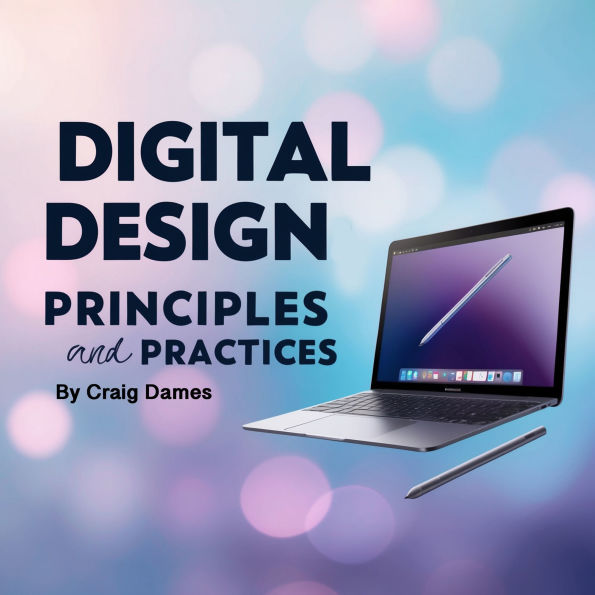Digital design is an essential field that shapes the way we interact with technology today. It refers to the process of creating visual content and interfaces using digital tools. With the rapid advancement of technology, digital design has become an integral part of various industries, from web development and mobile applications to graphic design and user experience (UX) design. Understanding the foundations of digital design is crucial for anyone who aims to create meaningful and engaging digital experiences.
The evolution of digital design tools has greatly impacted the profession. In the early days of digital design, tools like Adobe Photoshop and Illustrator were primarily used for static designs, such as graphics and layouts. However, with the rise of user-centered design principles and the need for interactivity, new tools have emerged. Programs such as Sketch, Figma, and Adobe XD are now widely used for UI/UX design, providing designers with the capability to create wireframes, prototypes, and high-fidelity designs in collaborative environments. These tools allow designers to visualize their concepts in real-time and ensure that the final product meets the users' needs and expectations.
One of the most important aspects of digital design is its impact on modern technology. From the moment a user opens a website or app, they interact with a design that was carefully crafted to create a seamless and engaging experience. Digital design plays a significant role in influencing how users perceive and navigate through digital spaces. Good design enhances usability, encourages interaction, and helps users accomplish their goals efficiently. Poor design, on the other hand, can frustrate users and drive them away, making it crucial for designers to understand both the aesthetic and functional aspects of their work.
Digital design is an essential field that shapes the way we interact with technology today. It refers to the process of creating visual content and interfaces using digital tools. With the rapid advancement of technology, digital design has become an integral part of various industries, from web development and mobile applications to graphic design and user experience (UX) design. Understanding the foundations of digital design is crucial for anyone who aims to create meaningful and engaging digital experiences.
The evolution of digital design tools has greatly impacted the profession. In the early days of digital design, tools like Adobe Photoshop and Illustrator were primarily used for static designs, such as graphics and layouts. However, with the rise of user-centered design principles and the need for interactivity, new tools have emerged. Programs such as Sketch, Figma, and Adobe XD are now widely used for UI/UX design, providing designers with the capability to create wireframes, prototypes, and high-fidelity designs in collaborative environments. These tools allow designers to visualize their concepts in real-time and ensure that the final product meets the users' needs and expectations.
One of the most important aspects of digital design is its impact on modern technology. From the moment a user opens a website or app, they interact with a design that was carefully crafted to create a seamless and engaging experience. Digital design plays a significant role in influencing how users perceive and navigate through digital spaces. Good design enhances usability, encourages interaction, and helps users accomplish their goals efficiently. Poor design, on the other hand, can frustrate users and drive them away, making it crucial for designers to understand both the aesthetic and functional aspects of their work.

Digital Design: Principles and Practices

Digital Design: Principles and Practices
FREE
with a B&N Audiobooks Subscription

Product Details
| BN ID: | 2940194154296 |
|---|---|
| Publisher: | Cammy Fetchens LLC |
| Publication date: | 03/14/2025 |
| Edition description: | Unabridged |
Videos

